June 7, 2022
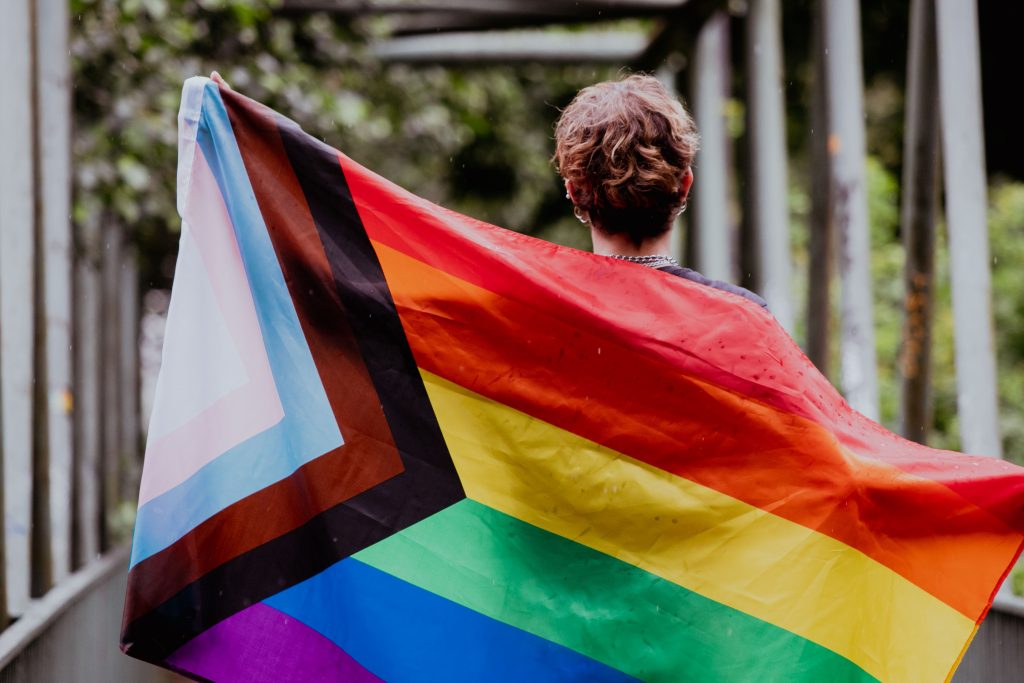
June is Pride Month, and shop windows, social media icons, and advertisements will be awash in rainbows for the next few weeks.
But allyship should extend beyond the turn of the calendar page. It’s important to learn and understand the specific barriers faced by Two-Spirit, lesbian, gay, bisexual, transgender, and queer (2SLGBTQ+) communities and how allies and advocates can support their friends, families, neighbours, and co-workers all year round.
Because of stigma, judgement, and discrimination, 2SLGBTQ+ people face greater economic barriers. Queer people are more likely to earn less and experience financial insecurity. There is a higher instance of 2SLGBTQ+ youth experiencing homelessness, often due to family rejection. Many trans and non-binary people may face stigma when accessing medical care, and 2SLGBTQ+ people may experience violence or abuse.
By becoming a stronger ally, we can all do our part to make our communities safer and more equitable places. Here are some tips to help you expand your knowledge around gender and sexuality to support the queer and trans community.
It’s important to remember that everyone has their own unique journey when it comes to sexual orientation and gender. For clarity and brevity, this article uses the terms 2SLGBTQ+ and queer when describing people who do not identify as straight, or with the gender they were assigned at birth. However, 2SLGBTQ+ and queer are broad terms and may not be an accurate description for all individuals. These terms also do not cover the wide sexual and gender spectrums. Where possible and practical, specific identities are used and are linked to a glossary at the end of this article, or to external sites for further reading.
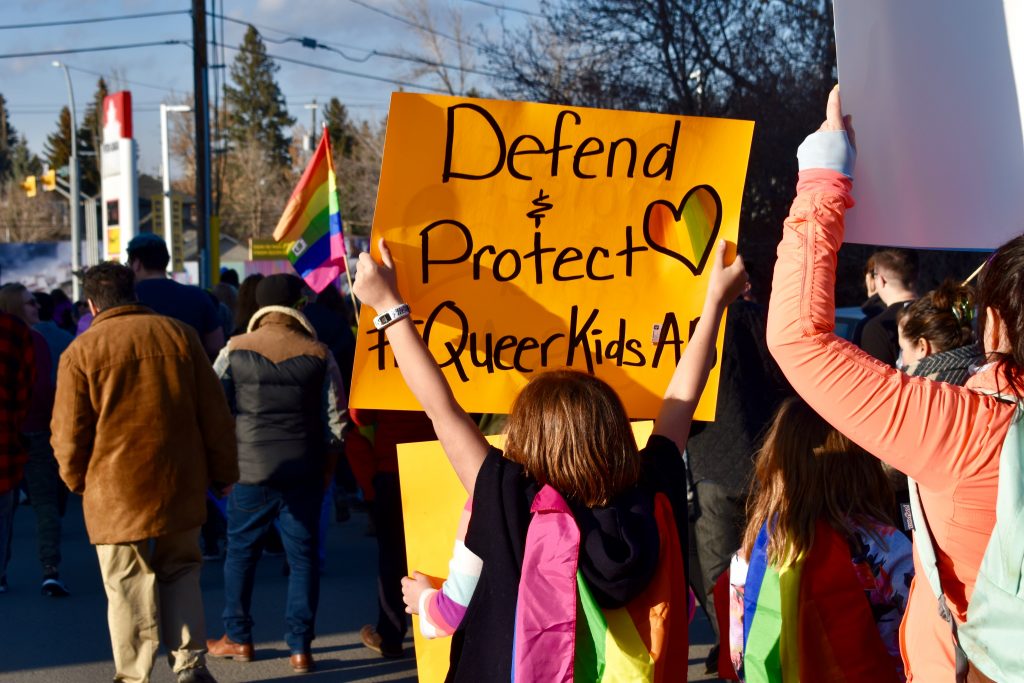
Edmonton’s first Pride was in response to the 1981 Pisces Bathhouse Raid. Police arrested 60 men for being in a bawdyhouse. As an act of resistance, the gay community hosted “Gay Pride Through Unity” events the next summer.
While homosexuality was decriminalized in Canada in 1969 and same-sex marriage became legal in 2005, stigma, judgement, and harassment toward the queer community continues. As protest marches evolve into Pride parades, many 2SLGBTQ+ people see their visibility as defiance. Allies can celebrate and attend Pride events, but it’s important to make sure you aren’t taking part in rainbow washing.
As an ally, take the time to consider how policies, environments, and even casual conversation may affect the 2SLGBTQ+ community, and how you can advocate for more inclusivity.
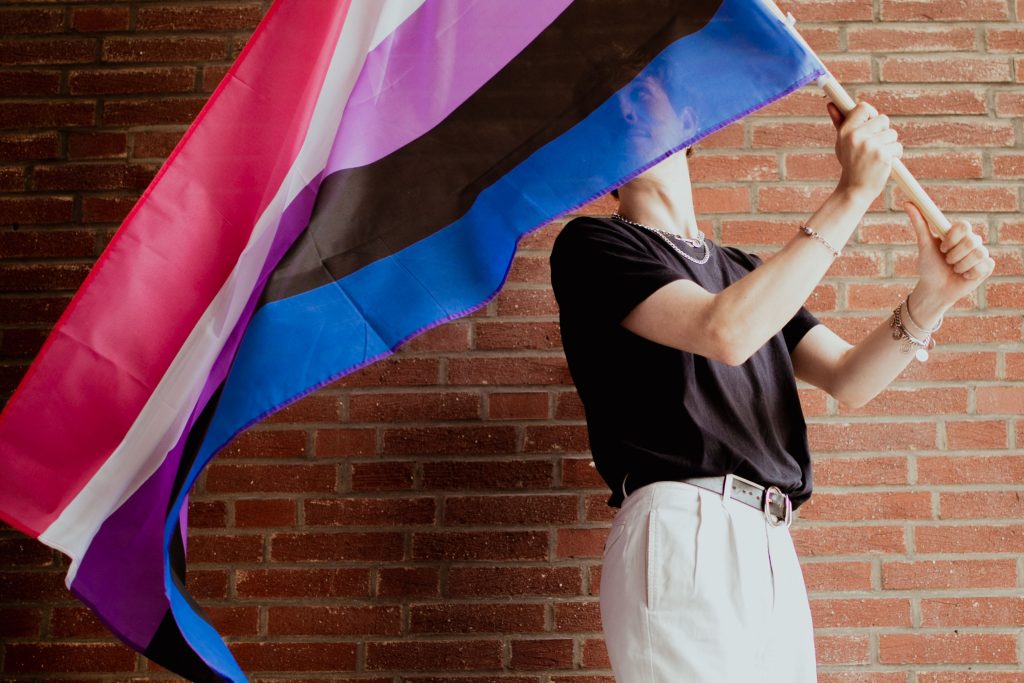
Gender identity and gender expression are terms to describe our sense of our own gender and how we choose to express our gender, respectively. Sometimes, these don’t align. It’s best not to assume someone’s gender identity, as you will not know by looking at someone.
Using a person’s correct pronouns shows great respect. Using the incorrect pronoun (whether intentionally or unintentionally) is a form of misgendering and can be harmful.
Transgender, non-binary, and gender-diverse people face unique challenges, including the stress some people experience when they can’t express their gender identity in a way that is affirming. They also experience higher rates of discrimination and harassment and, as a result, experience poorer mental health outcomes.
Commonly used pronouns are He/Him, She/Her, and They/Them, but there is a wide variety of pronouns. Introducing yourself with your own pronouns, or asking someone what pronouns they use, shows that you value and respect them. In the event you make a mistake, apologize, correct yourself, and move on.
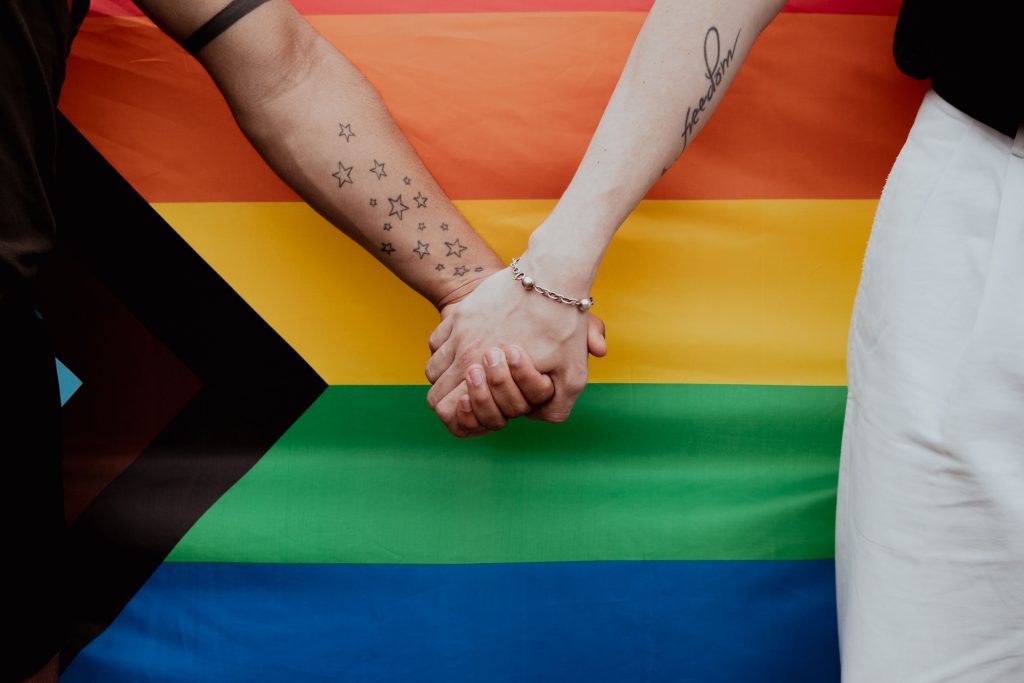
Just like you can’t tell someone’s gender by looking at them, you also can’t assume someone’s sexuality by looking at them or their relationships. For instance, bisexual and pansexual people experience attraction and romance toward multiple genders. Assuming someone is queer or straight because of whom they are in a relationship with is erasure.
If a bisexual woman is married to a man, this is called a straight-passing relationship. The woman is still bisexual, and her identity is valid. An asexual man may still be in a romantic partnership with a woman, even if he experiences little to no sexual attraction to anyone, regardless of gender.
And to be clear, it’s always inappropriate to ask someone to ‘prove’ they are 2SLGBTQ+ if you have only known them to be in a straight-passing relationship or a same-sex one. Some people may not be out in all aspects of their life, or still figuring out their identity.
2S or Two-Spirit: a cultural term used by some Indigenous people to mean a person who has both a male and female spirit, which may include concepts of spirituality, sexual orientation, and gender identity.
Asexual: someone who does not experience sexual attraction.
Bisexual: a person who is attracted to the same sex and different sexes.
Cisgender: a person whose gender identity matches with the sex they were assigned at birth.
Gay: a man who is attracted to a man.
Gender-affirming medical care: medication or procedures that can help people adjust their bodies to match their gender identity.
Gender expression: A person’s gender is expressed outwardly through their name, pronouns, clothing, haircut, behaviour, voice, or body characteristics.
Gender identity: a person’s internal sense of whether they’re male or female, both, or neither. It’s a person’s internal, deeply held sense of one’s gender. Gender identity is not visible to others. Gender identity may include, but is not limited to, woman, man, nonbinary, and agender.
Heterosexual (straight): someone who is attracted to people of a single, different gender.
He/Him: a gendered pronoun for men.
Lesbian: a woman who is attracted to a woman.
Nonbinary: a person who does not subscribe to the gender binary. They might exist between or beyond the man-woman binary.
Pansexual: a person who is attracted to someone regardless of their gender.
Out: a term to describe people who openly self-identify as 2SLGBTQ+. There are many different states of being out, and a person’s identity is still valid even if they are not out.
Queer: once a slur, queer has been reclaimed by the 2SLGBTQ+ community. As an umbrella term, it has many meanings, including but not limited to: attracted to people of many genders; not fitting cultural norms around sexuality and/or gender identity/expression; non-heterosexual.
Sexual orientation: a person’s emotional, romantic, and/or sexual attraction to others. For many people, sexual orientation may change over time. Sexual orientation may not always reflect sexual behaviours.
She/Her: A gendered pronoun for women.
They/Them: A gender-neutral pronoun.
Transgender/Trans: someone who does not identify with the sex they were assigned at birth. Some people may prefer to use a qualifier for their gender (ex: trans man) while some may not.

We can become more anti-racist by actively reflecting on the language we use, its origins, and how we may be reinforcing harmful and racist stereotypes.
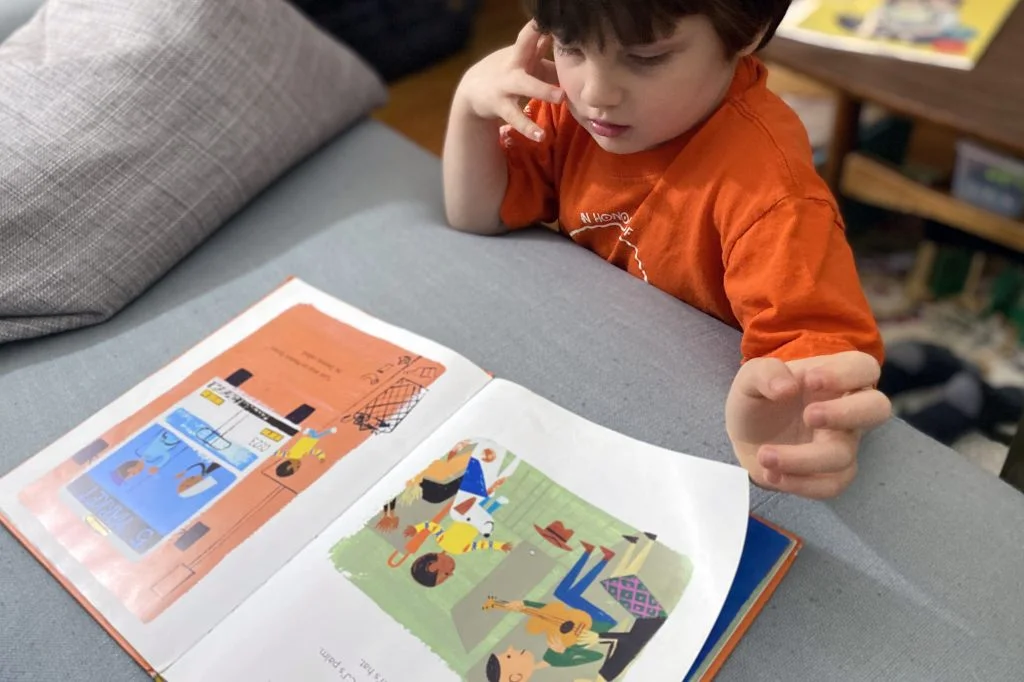
Poverty is a complex problem, even for adults to understand. So, it can be hard to know where to start when it comes to trying to explain it to children. This Family Literacy Day, we’re exploring six books to help navigate these tricky chats with young kids, ages 4 to 8, and to nurture empathy and compassion for vulnerable people in our community.
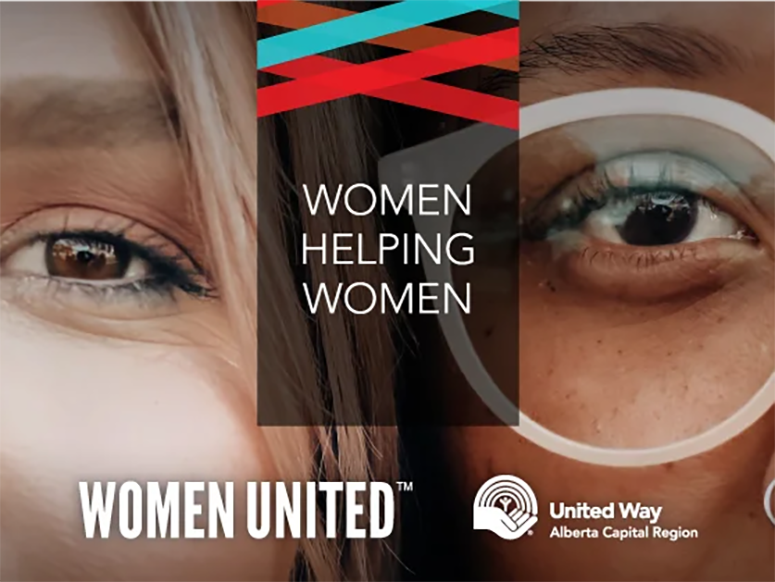
An inclusive international movement of more than 70,000 women and allies, Women United works to support and empower marginalized and vulnerable female-identifying neighbours through mentorship, mental wellness advocacy, and programs provided by United Way’s partner frontline community agencies.